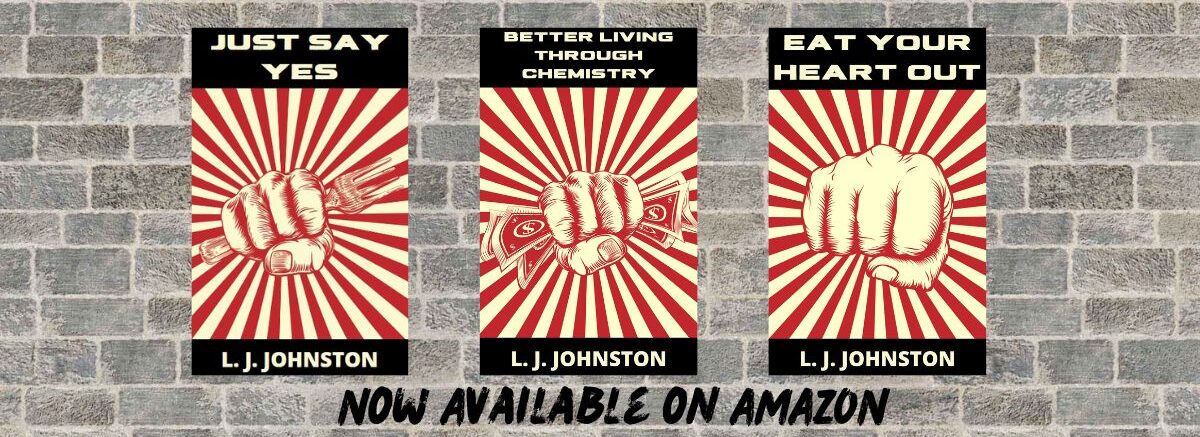
When you get to be my age, 'firsts' get harder to come by. But when my daughter got engaged I had a few, including: I attended my first-ever 'bridal expo'. She lives on the Left Coast and I live sort of on the Right, So when I noticed there was a wedding-themed event in my town, I thought I would go check it out and send my daughter some pictures of the various offerings in case there was anything she found worthy.
The expo was basically what I expected. Lots of booths devoted to DJs, bridal salons, caterers, cakes, and so forth. Man, there was a lot of cake. Beautiful towering sweetness everywhere I looked. With samples! The pressure to gorge myself was intense. I am happy to report an iron willpower magically asserted itself, the likes of which has not been seen since Bill Clinton gave up fast food, and I avoided at least a 500 calorie hit.
But I digress.
As I wandered through the event, the historian in me marveled at the various traditions on display. Some were relatively new, like the photo booth and the bouquet-tossing-basketball-hoop-thingie. But most had their roots in centuries past.
Take those wedding cakes, for example. We can trace their roots to just about any time homo sapiens threw a party: there was food involved. Some foods eventually grew to have certain significance at the event. For the Ancient Romans, it was bread. (So glad we moved past the 'wedding bread' era!) In medieval times, the wedding bread evolved into a tower of sweets over which the bride and groom were challenged to kiss without knocking it over. I wish I had known about this 30-odd years ago. I would have loved the challenge of kissing over a 5'-10" cake at my wedding.
Cakes have changed in other ways, even in modern times. Today's cakes are to their 19th century predecessors what Abe Lincoln's log cabin is to the White House. Sure, they both sheltered presidents. But one definitely shows more craftsmanship and refinement!

At the expo, I saw about two dozen cakes in just about every shape, size and color you can imagine. They were decorated with gift boxes and flowers and ribbons and ducks and shotgun shells and beer bottles (not all on the same cake, mind you, but if you were into that, someone could probably make it for you). The popularity of inventive and elaborate wedding cakes has pushed the traditional white cake aside. Initially, white icing was preferred. White not only symbolized the purity and virginity of the bride. It also indicated the bride's family was able to afford the fancier, whiter sugar, which until the beginning of the 20th century was more difficult to process and therefore was more expensive. Nowadays, white cakes seem retro and quaint, sort of like the purity and virginity thing.
Speaking of quaint, it bears mentioning that of all the cakes on display, only ONE had the little plastic bride and groom on top. I would tell you what my daughter had to say about the little plastic bride and groom idea, but it is NSFW.

These two are not on the guest list
Overall, it was a fun and informative day at my first bridal expo. I escaped without succumbing to shock (diabetic or financial). Some other interesting stuff churned up while I was checking out wedding lore. What's this I hear about someone paying us a bride dowry?
Thanks for reading! If you enjoyed this post, I hope you'll take a minute and subscribe to my email list.




















